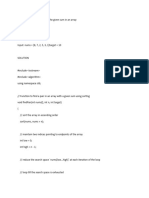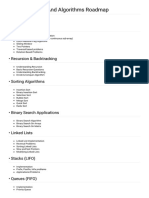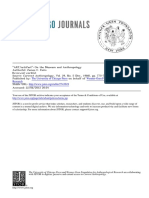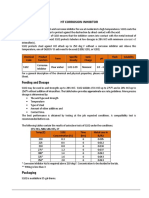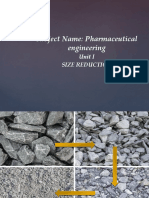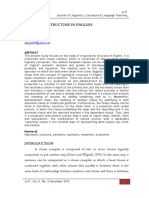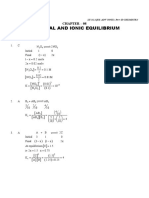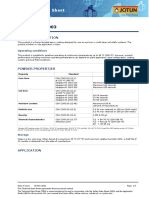0% found this document useful (0 votes)
14 views13 pagesSTL Level 3 DPP 01 Discussion Notes
The document discusses various algorithmic problems and their solutions using C++ with a focus on data structures and algorithms. Key topics include the Two Pointer Approach for finding pairs that sum to a target, maximum subarray sums, and counting subarrays with specific properties. Additional problems addressed include finding the next greater element in a circular array and determining the minimum number of railway platforms needed.
Uploaded by
sachin55443ggCopyright
© © All Rights Reserved
We take content rights seriously. If you suspect this is your content, claim it here.
Available Formats
Download as PDF, TXT or read online on Scribd
0% found this document useful (0 votes)
14 views13 pagesSTL Level 3 DPP 01 Discussion Notes
The document discusses various algorithmic problems and their solutions using C++ with a focus on data structures and algorithms. Key topics include the Two Pointer Approach for finding pairs that sum to a target, maximum subarray sums, and counting subarrays with specific properties. Additional problems addressed include finding the next greater element in a circular array and determining the minimum number of railway platforms needed.
Uploaded by
sachin55443ggCopyright
© © All Rights Reserved
We take content rights seriously. If you suspect this is your content, claim it here.
Available Formats
Download as PDF, TXT or read online on Scribd
/ 13













